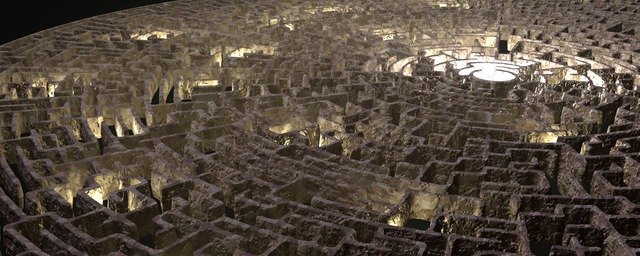In Strategy, Sir Basil Henry Liddell Hart develops the concept of the indirect approach. He provides a broad overview of military history from antiquity to World War II to demonstrate that the indirect approach yields far more decisive results at a significantly lower cost than the direct approach.

Avoiding Strength Against Strength
Liddell Hart contrasts the indirect approach, which he advocates, with the direct attack on the enemy’s army, for which he views Clausewitz as the main proponent. Indeed, in a strength-against-strength approach, even in the case of victory, it is likely that the winner will no longer be in a position to exploit their success.
One example he uses is the Battle of Malplaquet. In 1709, the French were on the ropes; the numerical superiority of the coalition (England, Austria, the Netherlands) was overwhelming. As a result, Marlborough and Prince Eugene opted for a direct approach, with the well-known outcome. Their losses were so severe that, despite their victory, they destroyed any hope of winning the war.
Liddell Hart’s Indirect Approach : A Geographical Approach
According to Liddell Hart, a series of movements along the line of least expectation, threatening multiple objectives at once, should allow for surprising the enemy and striking them where they are weakest while keeping them uncertain, “on the horns of a dilemma” (Sherman). This method has proven far more decisive and economical throughout history than the direct attack on the enemy’s army.
For example, in 1864, Sherman’s raid did not target the Confederate army but the cities. He took care to always move in a direction that forced Confederate forces to defend multiple objectives. This movement proved decisive and hastened the defeat of the Confederacy.
The indirect approach for Liddell Hart is initially geographical, but it also has another dimension.
Deception and Psychology
The geographical dimension of the indirect approach, which brings surprise and indecision, is inseparable from its psychological dimension.
Liddell Hart recounts numerous instances of military deception in Strategy, such as Napoleon’s ruse at Arcole, where he sent his trumpeters behind enemy lines to signal a fake charge. The purpose of deception is to create a psychological effect, targeting the mind of the opposing commander. The indirect approach seeks to unbalance the enemy psychologically as much as physically.
Liddell Hart cites the example of Germany’s capitulation at the end of World War I. In 1918, the German armies were undoubtedly in a bad situation, but they were not yet defeated. Nevertheless, Germany surrendered. This can be explained by the fact that the Entente’s offensive in the Balkans shattered the German High Command’s confidence, leading them to believe—perhaps wrongly—that there was no way out of their situation.
Imbalance and Center of Gravity
The goal remains to unbalance the enemy, through actions on their forces, but also on the psychology of their leader.
Ultimately, the core of Liddell Hart’s analysis is the search for the enemy’s center of gravity, which is not necessarily their army. It can be material, such as their rear supply lines, or immaterial, like the mind of their commander.
It’s not about simply attacking the enemy where they are weakest, but rather identifying the point that, when pressured, will unbalance the enemy’s entire system with minimal effort. Liddell Hart is probably much closer to Clausewitz than he thinks…
Strategy and Grand Strategy
Liddell Hart’s analysis is limited to the use of military means within an armed conflict. This is because, for Liddell Hart, “strategy” is confined to warfare and is limited to the use of military forces. Only “grand strategy” looks beyond the horizon of war and considers the use of non-military means.
Finally, it’s worth noting that Liddell Hart’s reading of Clausewitz seems somewhat superficial. His thinking is reduced to a doctrine of frontal and reckless attacks on the enemy’s strongest point, whereas On War contains much more than that. However, discussing it here would take us too far…
See also Charles de Gaulle, General Culture As The True School Of Command.
